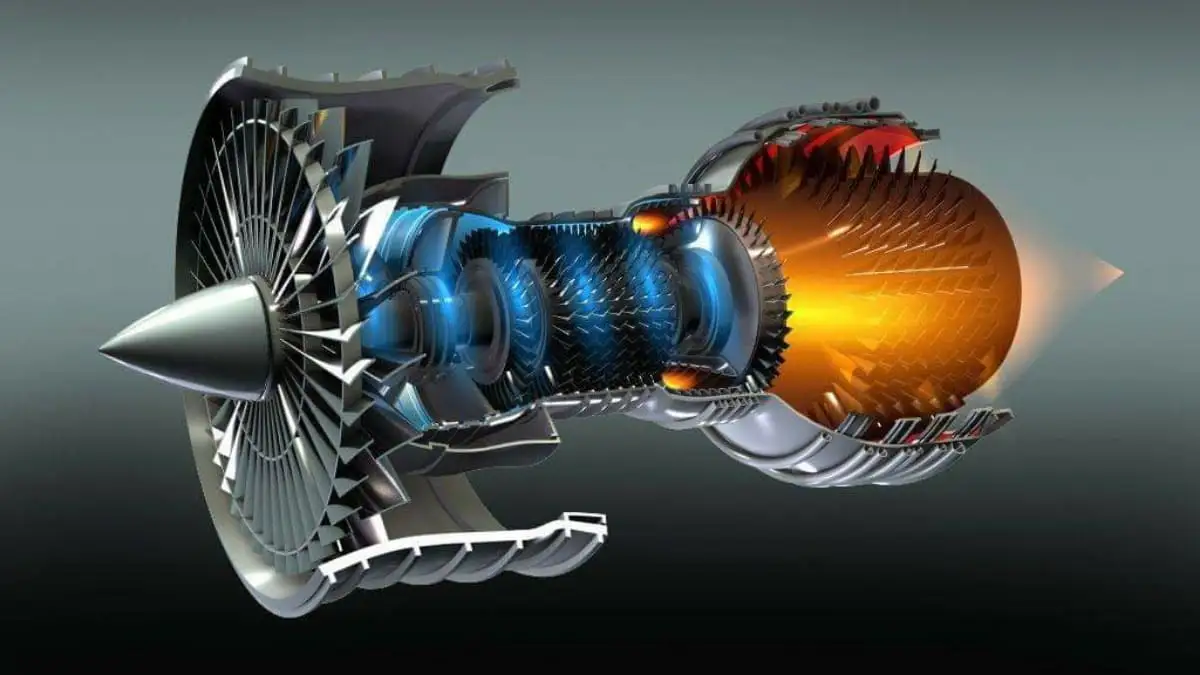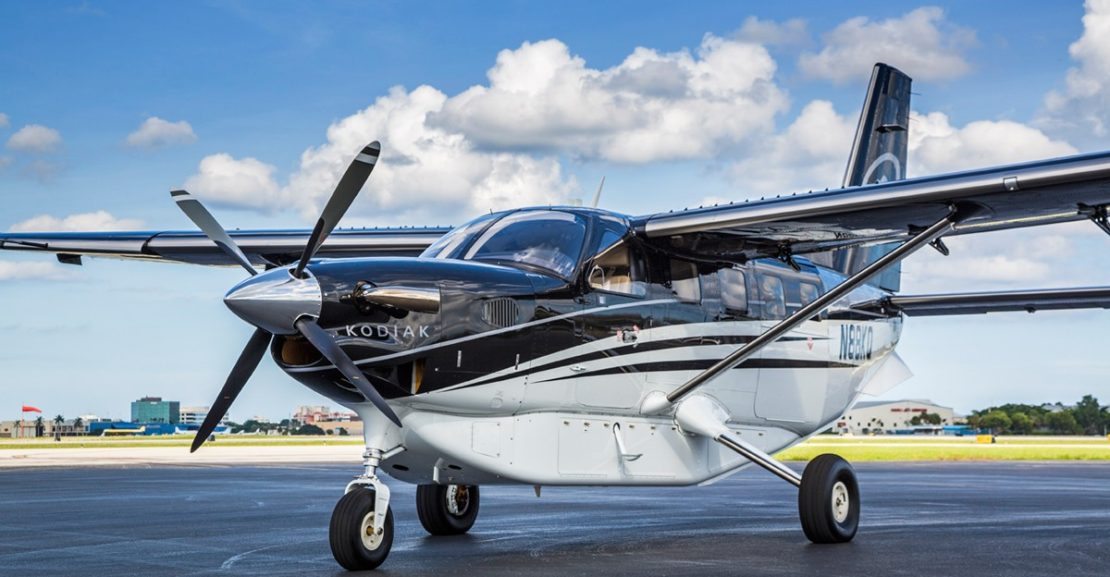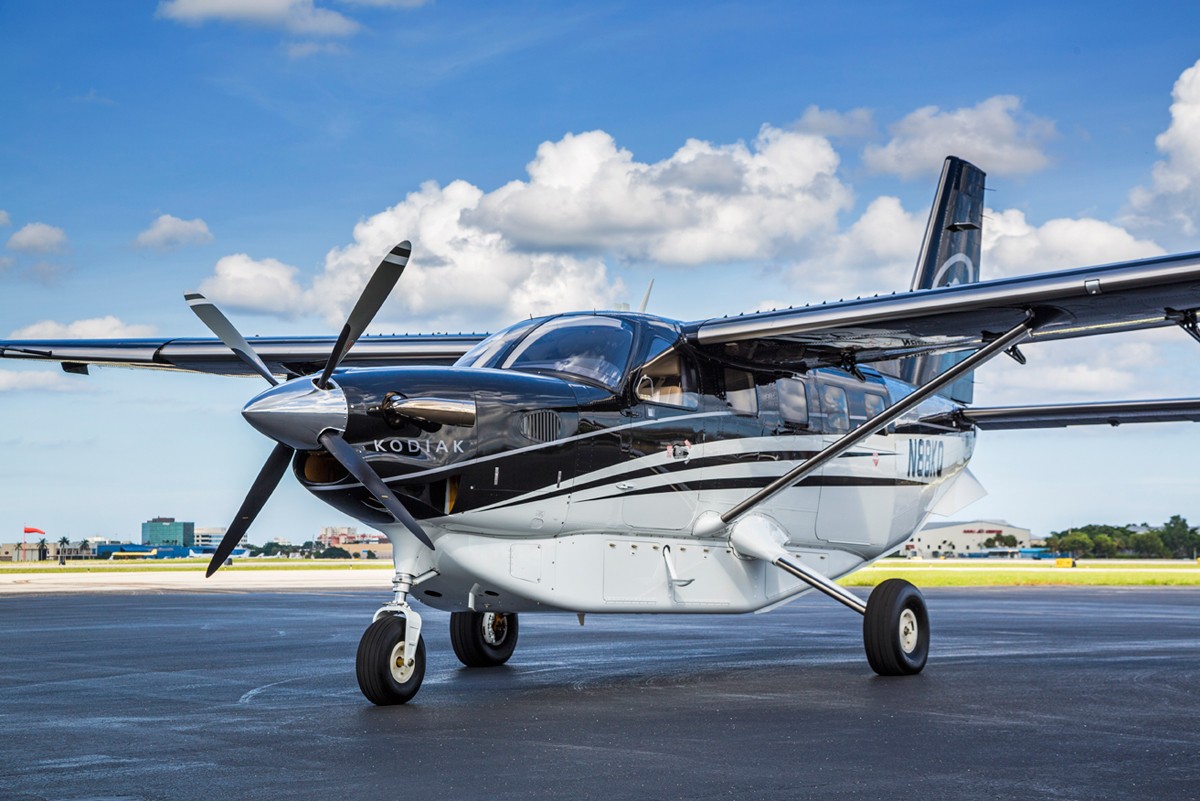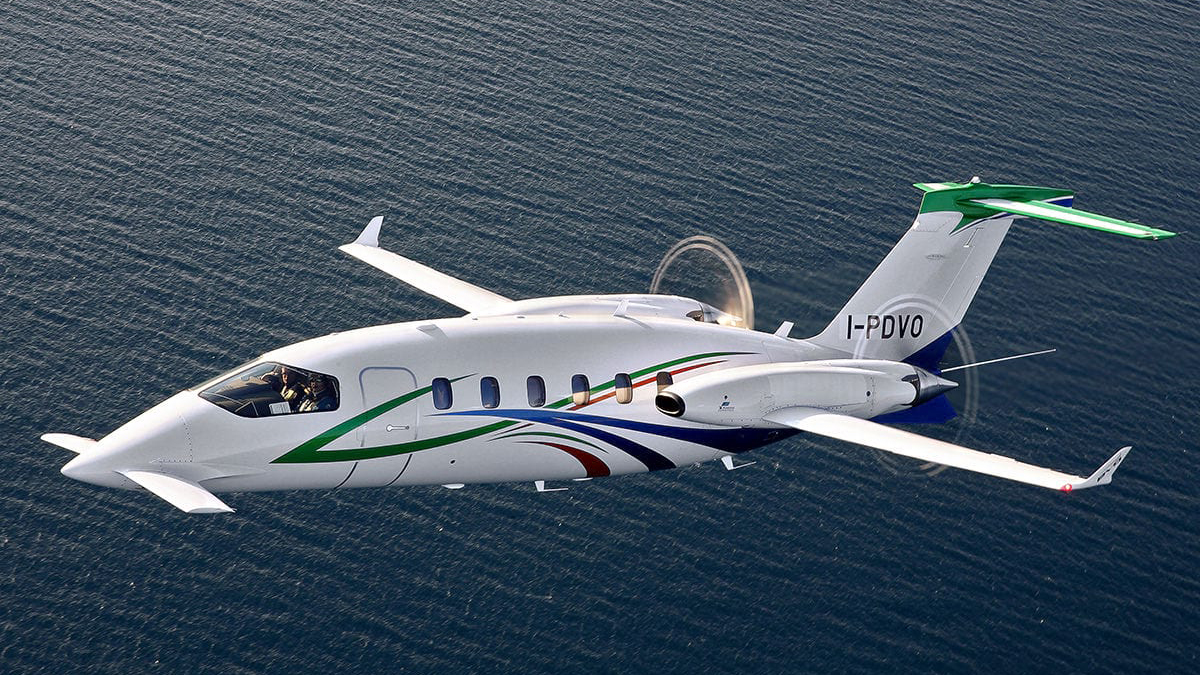There are many different types of aircraft. A turboprop is a propeller powered, turbine propelled aircraft. Turboprops are used in short-haul and medium range flights, such as those over land.
What is a Turboprop?
A turboprop is a type of aircraft engine that uses a turbine to drive a propeller. The turbine exhaust gases spin the propeller, which produces thrust. Turboprops are used on small and medium-sized aircraft, such as business jets, commuter planes, and regional airliners.
Turboprops offer several advantages over piston engines, including higher power-to-weight ratio, fuel efficiency, and lower noise levels. However, they are typically more expensive than piston engines and have shorter range due to the higher fuel consumption.
Types of Turboprops
There are three types of turboprops: high-bypass, low-bypass, and contra-rotating. High-bypass turboprops are the most common type. They’re used on small and medium-sized planes, like the Cessna Caravan and Beechcraft King Air. Low-bypass turboprops are used on larger planes, like the ATR 42 and Bombardier Q400. Contra-rotating turboprops are the least common type. They’re used on very large planes, like the Antonov An-124 Ruslan.

How do turboprop engines work?
Turboprop engines work by using a turbine to drive a propeller. The turbine is powered by the engine’s exhaust gases, and the propeller provides thrust to the aircraft. Turboprop engines are more efficient than piston engines.
Turboprop engines are a type of aircraft engine that combines features of both piston engines and jet engines. Turboprop engines have a turbine that drives a propeller. The turbine is powered by burning fuel in a combustion chamber. The hot gases from the burning fuel turn the blades of the turbine. The turbine is connected to the propeller through a shaft. The propeller then produces thrust to power the aircraft.
Turboprop engines are most commonly used on small to medium-sized aircraft, such as turboprop airliners, business jets, and utility aircraft. They are also used on some larger aircraft, such as military transport planes. Turboprop engines are more efficient than piston engines and produce less noise than jet engines.
Advantages of Turboprops
There are many reasons why turboprops are becoming increasingly popular in the aviation industry. Here are some of the advantages of turboprops:
1. Turboprops are more fuel-efficient than piston engines, making them more environmentally friendly and cost-effective to operate.
2. Turboprops offer superior performance at high altitudes and in hot weather conditions, making them ideal for use in mountainous regions and deserts.
3. Turboprops produce less noise than piston engines, making them more suitable for use in urban areas.
4. Turboprops require less maintenance than piston engines, making them cheaper to operate over the long term.
Disadvantages of Turboprops
Turboprops have a few disadvantages when compared to other types of aircraft engines. First, they are not as fuel efficient as jet engines. This means that turboprop aircraft tend to have shorter ranges than jets. Second, turboprops are not as fast as jets. They can cruise at speeds around 500 mph, but most jets can cruise at speeds above 600 mph. Finally, turboprops are louder than jets, which can be a disadvantage when flying into and out of noise-sensitive areas.



